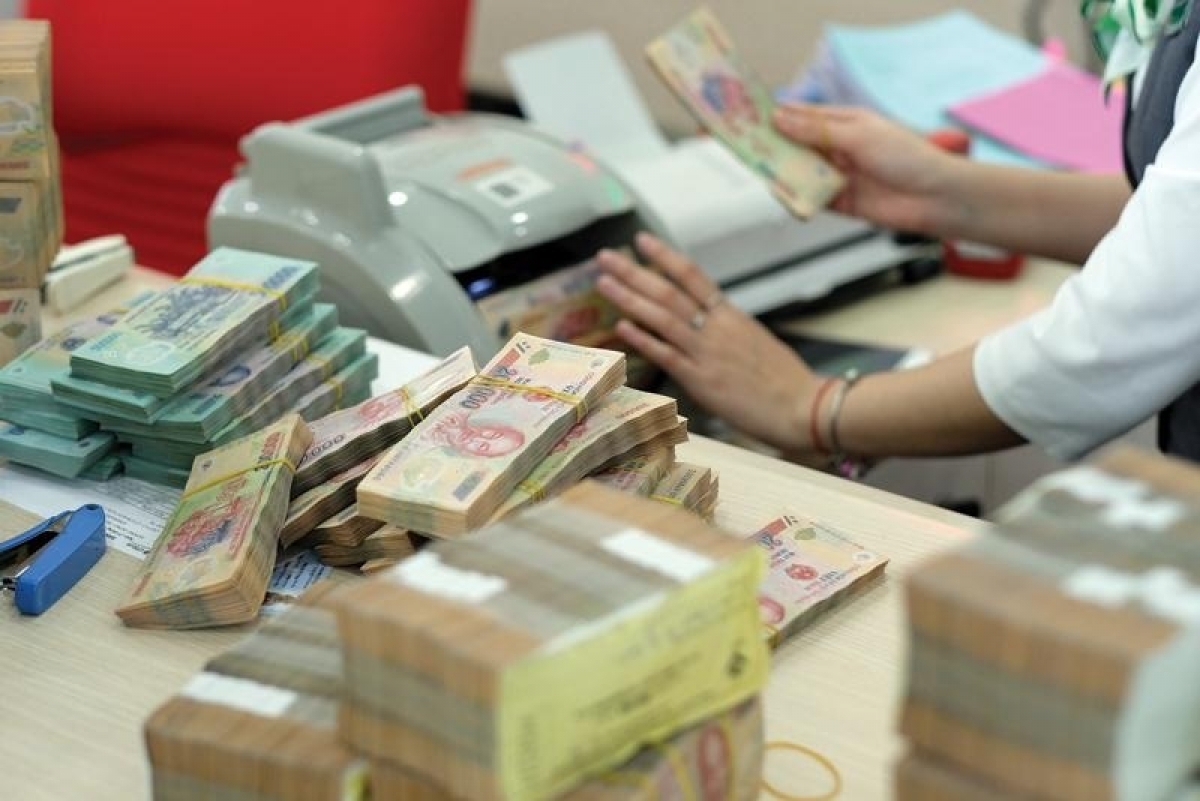INTERNATIONAL INVESTMENT
AND PORTAL
The United Nations Development Programme (UNDP), together with Vietnam’s Ministry of Planning and Investment published the Climate Public Expenditure and Investment Review (CPEIR) as the basis for estimation and allocation of the state budget and the mobilisation of international climate finance for 2021-2030.
The CPEIR provides a full picture of the investment and recurrent expenditure with domestic resources and official development assistance (ODA) over 2016-2020 at six ministries and 28 provinces, as well as the centrally managed Can Tho city.
With climate change intensifying, Vietnam has already witnessed successive floods and historic storms and droughts in the central region and the Mekong delta in the last few years.
 Vietnam allocated $6.5 billion for its climate change response in 2016-2020, illustration photo
Vietnam allocated $6.5 billion for its climate change response in 2016-2020, illustration photo
The UN Secretary-General António Guterres warned at COP26, “Our fragile planet is hanging by a thread and we are still knocking on the door of a climate catastrophe.”
The government has recognised these threats and has continued to introduce new policies and plans on green growth and climate change. Also at COP26, Prime Minister Pham Minh Chinh made ambitious commitments, such as reaching net-zero emissions by 2050. The government has also established a new National Steering Committee for the implementation of Vietnam’s commitment at COP26.
The CPEIR shows that Vietnam has increasingly allocated its financial resources for climate change response. The total budget of the six ministries, 29 provinces, and Can Tho was almost $6.5 billion, or an average of $1.3 billion per year, during 2016-2020.
Their average climate budget also increased steadily by about 53 per cent, from about $700 million in 2016 to almost $1.1 billion in 2020. The climate change budget represented a relatively stable proportion of the total provincial budget, varying between 16-21 per cent of the total budget. While the domestic budget allocation was stable, ODA tended to increase.
Among the provinces, An Giang has shown the steadiest budget increase from under $4 million in 2010 to over $60 million in 2020, an increase of over 15 times.
Among the six ministries reviewed by the CPEIR, the climate budgets of the Ministry of Agriculture and Rural Development and the Ministry of Transport accounted for 80 per cent of the total climate finance, focusing on infrastructure for irrigation and transport.
Adaptation is the dominant expenditure of the climate change budget, representing over 70 per cent of ministries and over 90 per cent in provinces. This is consistent with policy priorities for public investment, whereas mitigation expenditure is mainly in the private sector. However, the climate change adaptation budget has not yet been sufficient to address Vietnam's needs and climate risks.
The report also shows that there are opportunities for better alignment of the climate budget with green growth policies. It is indicated that not all expenditures could be linked with key policies.
For instance, only 77 per cent of the climate investment budget for ministries could be tracked onto the National Climate Change Strategy’s actions. Therefore, the CPEIR can be used as an instrument for ministries and provinces to assess their recurrent expenditure and investment baseline against key climate change and green growth priorities so that they can adjust and improve policies for climate change.
The UNDP, furthermore, also suggests that the climate change and green growth strategies and their action plans should be reflected in the objectives and targets of policies and plans of sectors and provinces, as well as the Socioeconomic Development Plan. Once in effect, the 5-year plan will reflect climate change priorities with estimated financial resources and a direction for budget allocation to ministries and cities and provinces.
The UNDP also stated that there is a need to systematically integrate the climate budget into other planning.
This would enable consistent, systematic, and transparent tracking and reporting of the financial and technical delivery of climate change commitments. In addition to the investment and recurrent expenditure at the central and provincial levels, off-budget public expenditure, and possibly private investment in climate change should also be integrated within the system.
UNDP



















